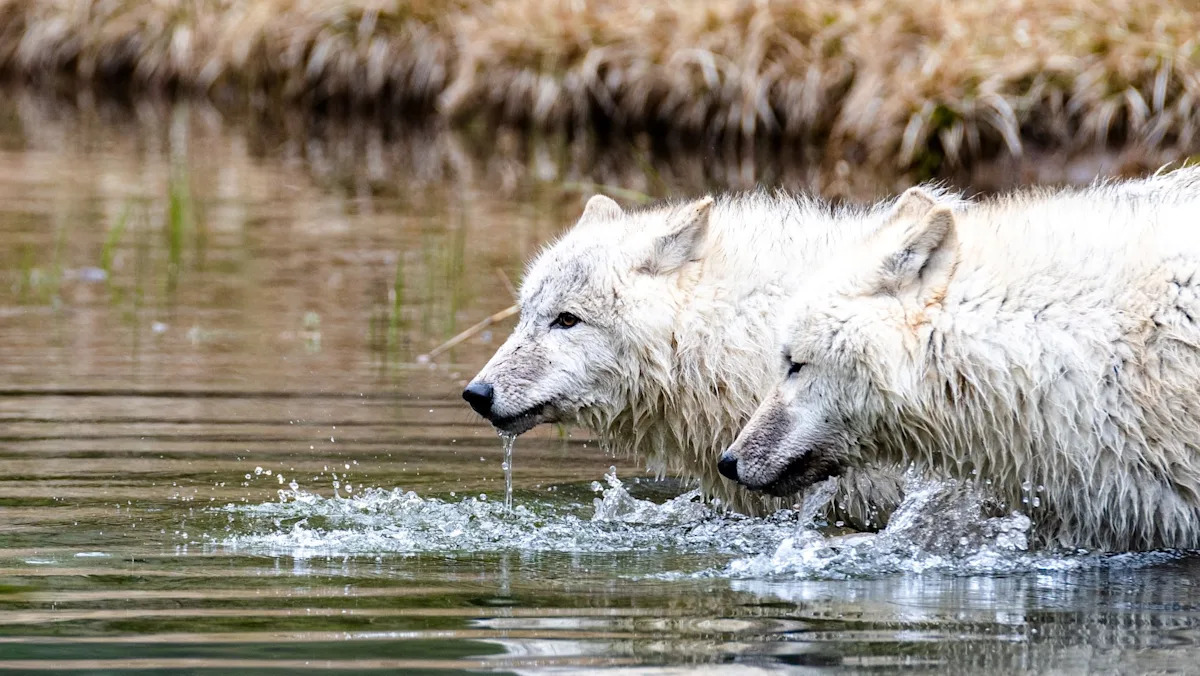Home / Environment / Alaska Wolves: Mercury's Toxic Path Revealed
Alaska Wolves: Mercury's Toxic Path Revealed
27 Nov
Summary
- Wolves in Alaska showed extremely high mercury levels.
- Mercury contaminates local food chain via sea otters.
- Burning fossil fuels is a primary source of atmospheric mercury.

State wildlife and academic experts in Alaska have uncovered startling evidence of mercury poisoning in wolves, shedding light on how this heavy metal infiltrates ecosystems. Initial examinations of deceased wolves revealed exceptionally high mercury concentrations, prompting further investigation into blood samples from live, trapped animals.
Research focused on wolf packs from Pleasant Island and the mainland's Gustavus Forelands, both of which feed on sea otters. These otters appear to be the pathway for mercury, accumulating the toxin by consuming contaminated mussels, clams, and sea urchins. The island wolves, after depleting local deer populations, switched to a sea otter diet, showcasing a direct link in the food chain.
The high mercury levels detected were so significant they initially led to questions about instrument accuracy. Scientists attribute the excess atmospheric mercury, which is 450% above natural levels, primarily to human activities like burning fossil fuels. This widespread contamination, converted into the neurotoxin methylmercury in water systems, progressively magnifies up the food chain, impacting larger animals like wolves and polar bears.




